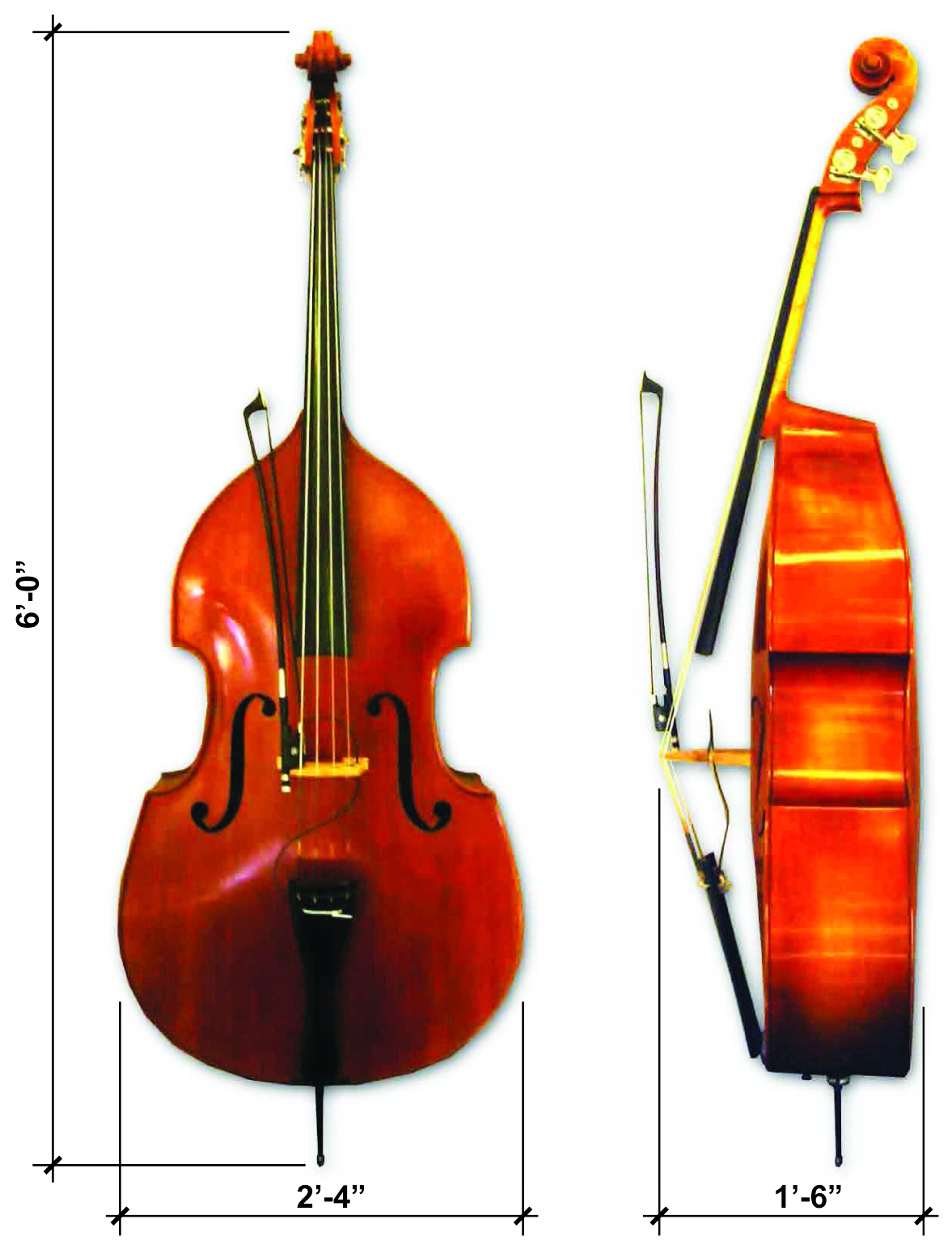The upright bass is a magnificent instrument that holds a unique place in the world of music. Musicians of all genres—from jazz to classical—have utilized its deep, resonant tones to enrich their compositions. However, one often-overlooked aspect of playing the upright bass is its height. The height of the upright bass can significantly affect a player's comfort, technique, and overall sound. Understanding the right upright bass height for you is essential for maximizing your performance and enjoyment of this beautiful instrument.
When it comes to upright bass height, there are several factors to consider, including the player's height, skill level, and playing style. The upright bass is traditionally available in different sizes, which can make the selection process a bit challenging. As players explore various options, they often overlook the importance of the upright bass height, which can impact their ability to play with ease and efficiency.
In this article, we will delve into the significance of upright bass height, how it can affect your playing experience, and the various factors that come into play when choosing the right size for you. We will also explore the common questions musicians have regarding upright bass height, ensuring that you leave with a better understanding of how to choose the perfect instrument for your unique needs.
What is the Ideal Upright Bass Height for a Beginner?
For beginners, the ideal upright bass height largely depends on their physical stature. Typically, a smaller player may find a 3/4 size bass more comfortable, while taller individuals might prefer a full-size instrument. Here are some general guidelines:
- Players under 5'3" may benefit from a 1/2 size upright bass.
- Players between 5'3" and 6'0" are often well-suited for a 3/4 size upright bass.
- Taller players, generally above 6'0", may find a full-size (4/4) bass more appropriate.
How Does Upright Bass Height Affect Playing Technique?
The height of an upright bass can have a profound impact on a player's technique. When the instrument is too tall or too short, a musician may struggle to maintain proper posture, leading to fatigue and even injury over time. Correct positioning not only enhances comfort but also optimizes the player's ability to produce sound. Musicians should ensure that they can easily reach the strings and the fingerboard without straining their arms or back.
Can Upright Bass Height Influence Sound Quality?
Yes, the height of the upright bass can influence sound quality, albeit indirectly. A properly sized instrument allows for better resonance and projection. When a player is comfortable, they can focus on technique, which ultimately contributes to a fuller and richer sound. A poor fit may hinder a player's ability to produce the desired tonal quality, leading to frustration and dissatisfaction.
How Do I Measure the Right Upright Bass Height?
Measuring the appropriate upright bass height involves a few steps to ensure you find the right fit:
- Stand upright with your shoes on.
- Measure from the floor to the middle of your chest. This measurement will give you a good idea of the required height.
- Consider your arm length—your fingers should be able to easily reach the fingerboard while standing.
What Size Upright Bass Should I Choose as an Intermediate Player?
Intermediate players often find themselves in a transitional stage, choosing between different sizes based on comfort and style. While many stick with the 3/4 size, some may opt for a full-size bass as they grow in skill. It's crucial to test various sizes and see which one feels most comfortable, as well as consider the type of music being played.
Are There Custom Options for Upright Bass Height?
Yes, many luthiers offer custom upright bass options. This allows players to have an instrument tailored specifically to their height and playing style. Custom options can include adjustments to the fingerboard height, string action, and even the overall body size. This is an excellent choice for serious musicians who want a perfect fit and are willing to invest in their instrument.
What Should I Know About Upright Bass Maintenance Related to Height?
Maintaining your upright bass is crucial for its longevity and performance. One aspect that is often neglected is the height of the instrument. Regularly check the bridge height and ensure it is suited to your playing style. The bridge can be adjusted by a professional luthier, allowing for the optimal setup based on the player's height and technique. Proper maintenance can ensure that the upright bass continues to produce beautiful sounds and remains comfortable to play.
Can I Adjust My Upright Bass Height Over Time?
Yes, adjustments can be made over time to accommodate your growth as a player. As you improve and develop your technique, you may find that you prefer a different height. This can be achieved through modifications to the bridge or even replacing the instrument itself. It's essential to remain flexible as a musician and open to adjustments that support your growth.
Conclusion: Finding Your Perfect Upright Bass Height
In conclusion, the upright bass height is a critical factor that can greatly influence your playing experience. From beginner to advanced levels, understanding the right height can lead to improved technique, comfort, and sound quality. By taking the time to measure your height, experiment with different sizes, and consider custom options, you can find the perfect upright bass that suits your unique playing style. Remember, the journey of finding the right instrument is as important as the music you create with it.
You Might Also Like
Graphene Vs Silicon: The Future Of ElectronicsDiscovering Philip Vance: The Enigma Of Minnesota
Unveiling The Secrets Of The Vaganova Academy Diet
Unraveling The Mystery: The Unusual Suspect Dateline
Unveiling The Life And Journey Of Sierra Robinson
Article Recommendations
- Meet Natalya Morley Sands A Legacy Of Creativity And Influence
- Remembering The Legacy Black Comedians Who Died And Their Impact On Comedy
- Johnny Gills Wife Pictures Photos


